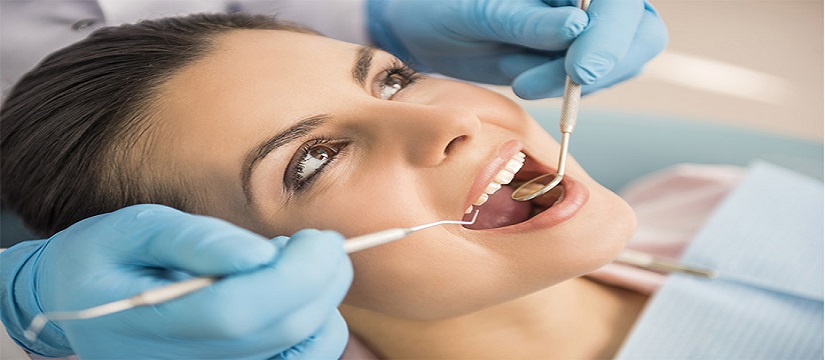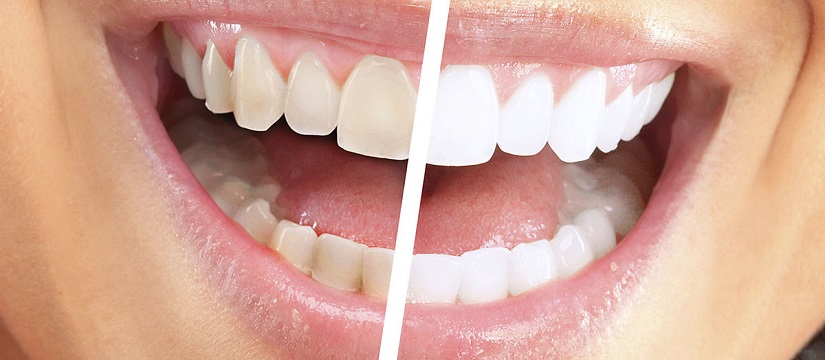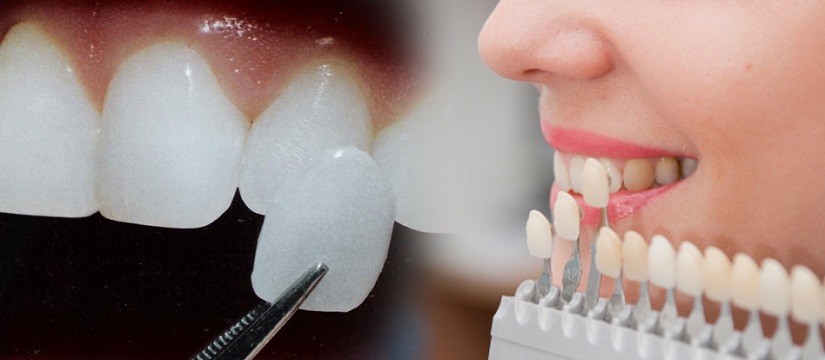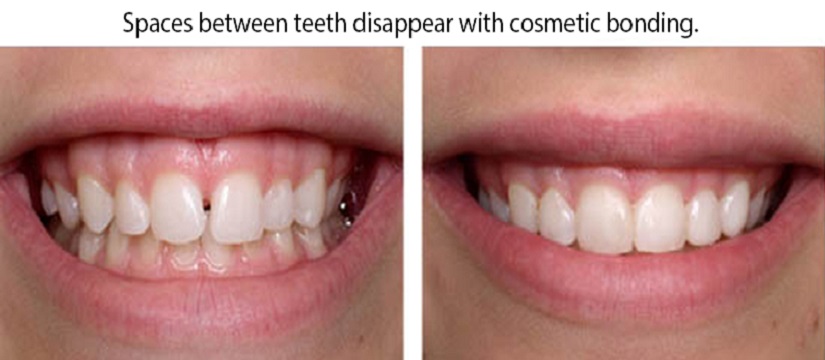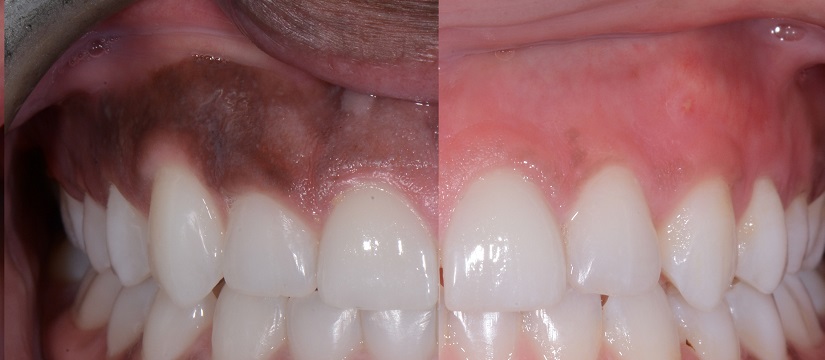Cosmetic Dentistry
Throughout the years, numerous studies have revealed that an individual’s smile is considered to be his or her most attractive feature. So what happens if you’re not happy with the way your smile looks? Those who are dissatisfied with their teeth and gums are prone to smiling less as the result of feelings of insecurity. Ultimately, this can lead to problems with self-esteem and personal relationships, as well as a reduced quality of life.
The good news is that there’s absolutely no reason why you should have to feel down and out about your smile. Whether time, genetics, accidents, or other causes have contributed to your oral woes, there is a solution: cosmetic dentistry. This post will highlight some of the most common cosmetic dental procedures that are done to enhance natural beauty and create perfect smiles.
Enhancing your smile can dramatically rejuvenate your entire appearance. Most people don’t think of a smile makeover as being an alternative to plastic surgery when in fact these cosmetic dental treatments can have a profound impact on the signs of aging and on your overall appearance in general.
Teeth whitening or bleaching is, by far, one of the most popular cosmetic dentistry procedures performed today. Throughout the years, your teeth may have become stained or discolored. Different whitening options are available to restore your teeth back to their natural beauty quickly, painlessly, and affordably. Make sure to discuss all of your options with a trusted dentist before moving forward with the process.
Porcelain Veneers/ laminates are another great option for people who are unhappy with one or more of their teeth due to staining, chips, crookedness, or irregular shaping. These custom-made shells are designed to match your other teeth and cover up problem areas.
Those with chipped, broken, or cracked teeth may feel self-conscious about their smiles. Bonding works to improve the appearance of these teeth when tooth-colored materials are applied to the surface of the tooth.
Gum depigmentation is a cosmetic dentistry procedure used to remove dark spots on the gums. While the normal tissue color is pale pink, abnormally high amounts of melanin can cause dark spots and patches to appear on the tissue. This discoloration can affect the appearance of your smile and result in decreased confidence and self-esteem. At SmileKonnekt Dental Clinic, our periodontal specialists assist in various areas and periodontal treatments in Delhi. If you desire more attractive gums that will have you showing off your full beautiful smile, schedule a consultation with one of our expert periodontists today!
Recontouring or reshaping the teeth (also called odontoplasty, enameloplasty, stripping, or slenderizing) is a procedure in which small amounts of tooth enamel are removed to change a tooth’s length, shape, or surface. The procedure is usually done to improve appearance by creating more harmony or balance in the look of the smile.
Recontouring is the most conservative cosmetic treatment. It is a quick and painless procedure whose results can be seen immediately.
If your gums rest too low or too high on your teeth and you are unhappy with your smile, you may be a candidate for gum contouring surgery. Also called gum reshaping or tissue sculpting, this cosmetic dental procedure can even out an uneven gum line and give you a smile you can be proud of.
This is a common surgical procedure. The surgeon removes gum tissue, bone or both to expose more of a tooth.
What It’s Used For
Crown lengthening is done when a tooth needs to be fixed. Sometimes, not enough of the tooth sticks out above the gum to support a filling or crown.
This can happen when a tooth breaks off at the gum line. It also can happen when a crown or filling falls out of a tooth and there is decay underneath. To place a filling or crown, your dentist needs to expose more of the tooth. This is done by removing some gum tissue or bone. Some people have a lot of gum tissue around their upper teeth. Dentists call this “gummy smile.” This also can be treated with crown lengthening.
Preparation
Before crown lengthening is done, you will visit a periodontist. At this visit, the periodontist will review your medical history and your X-rays. He or she will set a date for the surgery.
Before the surgery, you may get a professional tooth cleaning.
If the tooth needs a crown, your dentist may put on a temporary crown. This protects the tooth. It also makes surgery easier, because the periodontist will be able to see how much soft tissue or bone to remove.
After surgery, the area will heal in about three months. Then your dentist will prepare the tooth again. He or she will make a new temporary crown to fit the lengthened tooth. Then he or she will make the final crown.
How It’s Done
Crown lengthening is done using local anesthesia. How long it takes will depend on the number of teeth that need treatment. Even if only one tooth is involved, crown lengthening typically includes neighboring teeth, too. That allows the tissues to be reshaped gradually. If both bone and soft tissue are removed, the procedure will take longer than if only soft tissue is removed.
Those with crooked teeth, overcrowding, or poor dental alignment might consider braces. Individuals who are concerned with the appearance of braces should talk to their dentist about Invisalign and similar options.
If you see a few of your teeth have started to look longer or you frequently experience sensitivity to hot and cold, your gums could be receding, and a portion of your tooth’s root is exposed. Gum recession occurs gradually, and it may sneak up on you. Gum grafting treatment for receding gums can help prevent any further loss of gum tissue.
Causes of Gum Recession
Periodontal (gum) disease is a common cause of gum recession. And according to Mayo Clinic, inadequate oral hygiene, genetic makeup, hormone changes, diabetes and other illnesses can all increase your risk of initial infection. However, the Centers for Disease Control and Prevention (CDC) reports that smokers are four times more likely to develop gum disease compared to nonsmokers. Most kinds of tobacco products can increase your risk in this way.
Other reasons for gum recession include an aggressive or improper brushing technique, the extreme force put on your teeth from grinding or clenching and occasionally the unusual forces brought on by misaligned teeth. Also, keep in mind tongue and lip piercings can rub and irritate the gums, wearing the gum tissue away.

